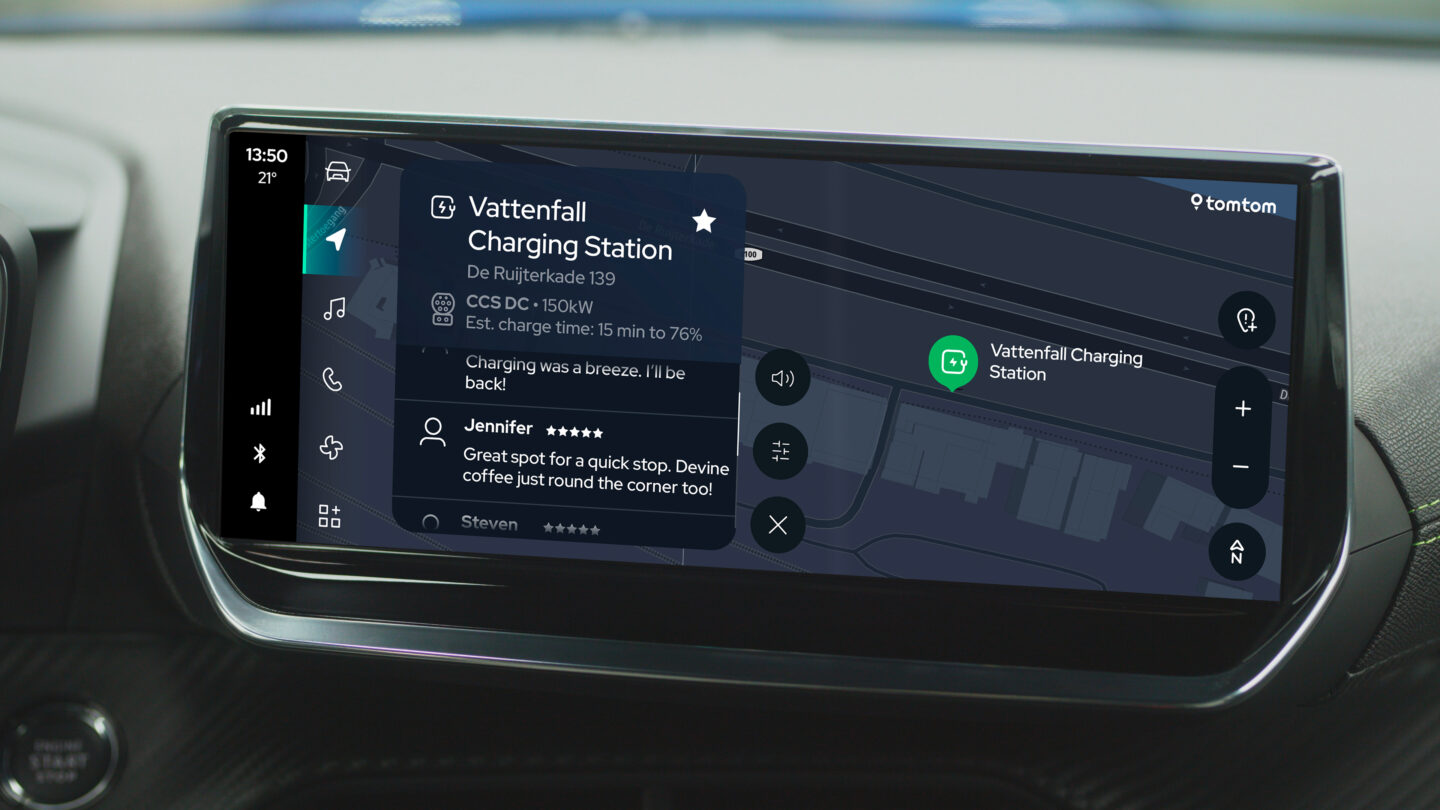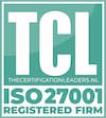With more electric cars being sold now every week than in the whole of 2012, it is unsurprising that automakers and their partners are shifting their attention to the opportunities of developing, producing and launching electric vehicles (EV). But this relatively new focus comes with many challenges, such as determining the best characteristics and features of an electric car or, for example, the ideal regions in which to launch a new model. This article covers some of those challenges and describes how information on EV charging infrastructure can help to answer several key questions.
Challenges in design and development
Electric cars are not bound to the same restrictions that cars with combustion engines are facing. There is no central powertrain, which means there is more freedom for engineers. This allows for a lot of creativity and innovation in its designs, but it also means that the OEM needs to start from scratch and has to consider a different set of challenges, such as battery and plug placement. The approach needs to be human-centric in order to promote EV adoption. McKinsey argues that software will play a huge role in differentiating the winners from the losers.
Despite rapidly growing consumers’ acceptance, the wider adoption of electric driving still faces significant challenges, including range anxiety, charging station availability, high purchasing costs and charging time. Many players in the industry, such as car OEMs, charger hardware manufacturers, charge point operators (CPO) and electric mobility service providers (EMSP) are working hard to address their part in these challenges.
Growing the charging network (specifically the number of fast chargers), utilising vehicle-to-grid (V2G) to decrease charging costs, no touch charging, and payments through Plug&Charge (PnC) and Autocharge all help to improve the EV experience of drivers and take away consumers’ concerns.

At the same time, car OEMs must ensure that their vehicles have the capability to adopt these types of technologies, from seamless ultra-fast charging at 800 volt chargers to feeding the grid with electricity from the car’s battery. On top of that, they need to manage the thermal characteristics of the vehicle: making sure the batteries do not overheat; warming the car interior so passengers are not too cold; and pre-heating the battery to allow for faster charging. The huge shift from combustion engines to EV will require large investments from the carmakers.
This is why it is vital to develop an effective strategy for allocating R&D resources and efforts. Insights into the (development of the) charging infrastructure are key in order to make data-driven decisions while forming the best approach. Both a thorough understanding of the development of the number of charging stations in various regions and information about charging stations’ capabilities and specifications are needed.
Eco-Movement’s data and reporting solution aim to provide exactly these types of insights. In this web-based tool, information about the exact location and characteristics of all charging stations in North America, wider Europe and Oceania can easily be retrieved. Besides current location information, the tool also provides historical data and insights on trends and developments of the charging infrastructure in the region of interest. This helps strategic planners and automakers to understand which countries are most EV-ready, and to guide focus for a roll-out plan.
Typical charger characteristics that can be retrieved from the Eco-Movement reporting solution are, for example: connector type(s), power type (e.g. DC/AC), and the maximum power delivery of the charger. But the platform is also a source for unique hardware data, including the manufacturer and model of each charger and, related to that, whether the station supports 800 volt (charging) or Plug&Charge, for example.
If you would like to know more about our data and how it can support your network planning or location analysis efforts, please reach out to contact@eco-movement.com or via the contact form on our website.






